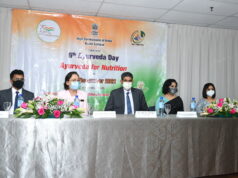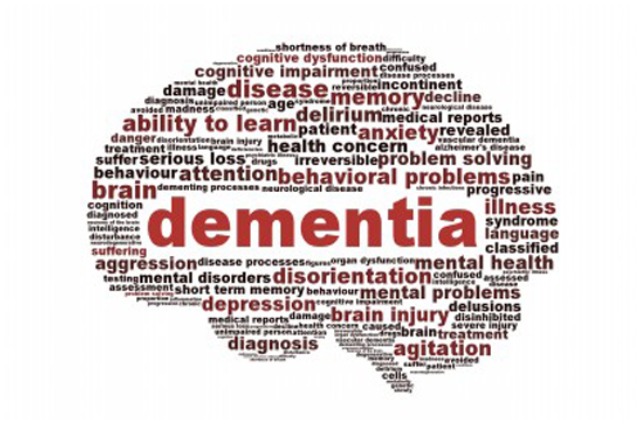

Many young professionals today have odd working hours that lead to stress; and on top of it, smoking, poor dietary habits and drinking worsen the situation. Such a lifestyle results in high blood pressure, obesity and diabetes which further lead to heart ailments.
This ensures young men and women are more likely to have sudden death when heart attacks happen, as compared to elderly people,” says Dr. Rishi Gupta, Director Cardiology, Asian Institute of Medical Sciences, Faridabad.
At the curtain raiser of the 7th Asia Pacific Heart Rhythm Society (APHRS) Scientific Session held recently, Dr. Mohan Nair, Chairman, Organising Committee, APHRS 2014, spoke along the same lines. “The number of heart attacks among young Indians is rising.
What we have realised is that among all ethnic groups in the world, Indians are genetically more prone to heart disease. They are three to four times more at risk of heart disease than Americans or Europeans. Moreover, India does not give as much importance to the effects of smoking and the prevention of hypertension as the Western countries do,” he says.
Another difference between the Western countries and India is on the issue of importance given to diagnosing and preventing heart ailments at a younger age. “In the US, cholesterol (too much of it results in coronary disease) screening used to be done at age 10.
Two years ago, they took it down to eight years. There was a lot of controversy regarding the fact that it is too early an age. But, after much debate, they realised that their decision was right.”
Dr. Nair, who is also the chairman of cardiology at Saket City Hospital, has operated on young patients with heart disease. “I have done angioplasty on a Delhi University student who was brought by his hostel mates to the hospital.
The boy was pursuing his Masters degree at the time he had a heart attack. I have encountered another young patient who had a heart attack in Mumbai. After he came to the hospital, he had recurrent cardiac arrests,” says Dr. Nair.
Seven years after solving that particular patient’s arrhythmia with an Implantable Cardioverter Defibrillator (ICD), Dr. Nair is now awaiting a new and improved version of the device which can be inserted under the skin (subcutaneous).
“We are waiting for the total subcutaneous ICD to be released in India. Hopefully, it will be available by the end of this year. The other device which will help heart patients is the leadless pacemaker.”
A recent improvement on the pacemaker has made even the ones with lead compatible with MRIs, which Dr. Nair cites as another feat. “When you do an MRI scan on a patient with a regular pacemaker, two things can go wrong – the electrical lead (used to carry current) can get heated and ruined and the generator can get reset.
Earlier, it was not recommended that patients with a pacemaker undergo MRI scans. But now, with a new insulation on the device and leads, one can easily get MRI scans. The patient should ensure that he or she has such MRI compatible pacemakers where the compatibility mode can be switched on prior to the scan.
In the last two years, 90 per cent of our heart patents have got MRI scans done,” he says. Dr. A.K. Pandey, Unit Head & Principal Consultant – Cardiology, Max Super Speciality Hospital, Patparganj, adds two more recent advancements to the list.
“The CT coronary angiogram is a good diagnostic investigation to rule out coronary artery disease while a new bio-absorbable stent (mesh tube to treat arteries) has been developed that gradually disappears from the artery,” says the doctor.
PREVENTION:
But in the end, prevention is better than cure. Dr. Gupta cites the following as the ways to help prevent heart ailements: “Tobacco in every form is very harmful to health. The risk of a heart attack and stroke starts to drop immediately after a person stops using tobacco products.
Salt is the major factor that increases blood pressure and is, therefore, responsible for many strokes and heart attacks every year. It is estimated that the average Indian consumption of salt is eight gm/day.
A reduction of six gm of salt per day would reduce coronary heart disease by 20 to 35 per cent. Stress is a part of life today and you can’t avoid it, but half-an-hour of walk or exercise at home or office, five days a week, can do wonders.”
-INDIA TODAY











